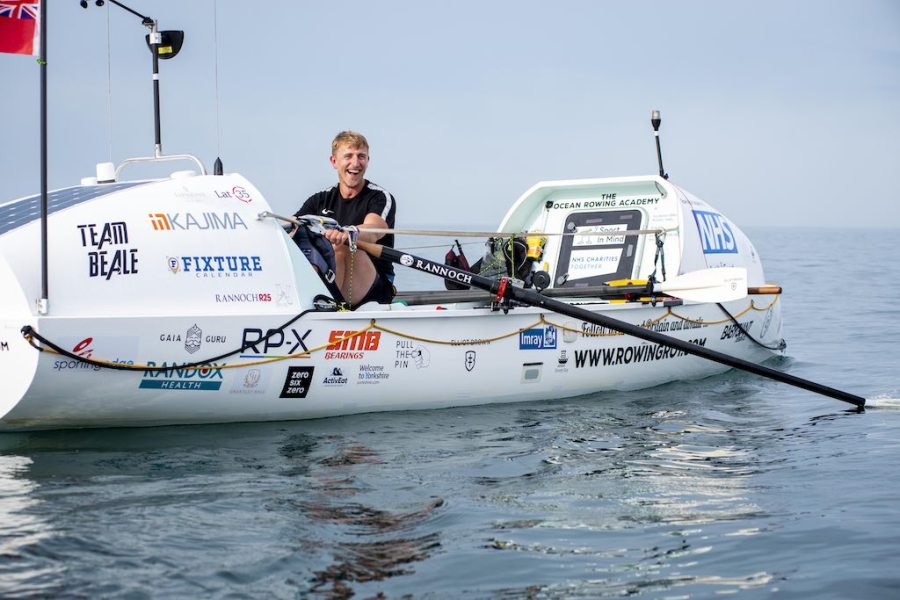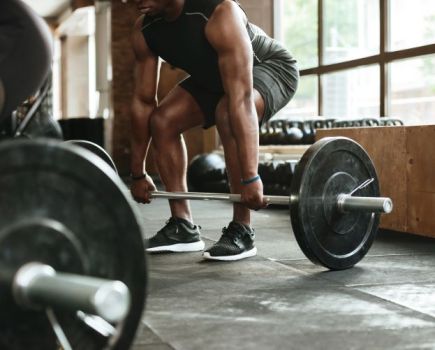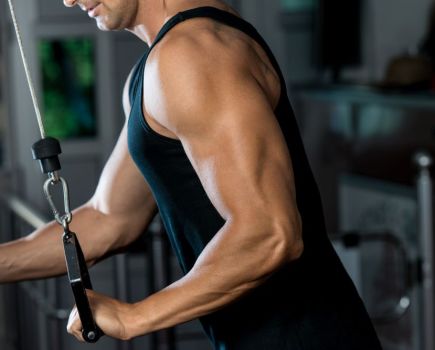What began as nothing more than a method of recovery from injury led to Duncan Roy becoming a record-breaking endurance athlete.
Here he speaks to Men’s Fitness about the physical and mental demands of maintaining his long-distance relationship.
To survive the physical and mental deprivations that can come from weeks spent at sea, Duncan Roy now trains himself to live life outside his comfort zone – to be physically primed to switch from the ergometer to the ocean, and to savour the underrated joy a Mars Bar can bring…
Roy, 29, discovered indoor rowing during rehabilitation from career-ending injury that forced him out of his Royal Engineer role in the British Army.
He soon started competing, breaking British and world records for indoor rowing, before his adventurous nature took him on to tougher outings over much greater distances.
The lure of the sea saw Roy break two Guinness World Records in ocean rowing – crossing the Atlantic twice as part of a successful British crew – before he was selected for the Team Latitude35 in the 2020 Great Pacific Race, from San Francisco to Hawaii.
When his Great Pacific plans were curtailed by the coronavirus pandemic, Roy switched his attentions to the rocky shorelines and busy shipping lanes around the UK.
A charity-driven attempt (supported by official timekeeper Elliot Brown Watches) to break the record for a 2000-mile circumnavigation of Britain – along with fellow ocean rower Gus Barton – fell agonisingly short but, undeterred, Roy continues to prepare himself for his next oarsome challenge.
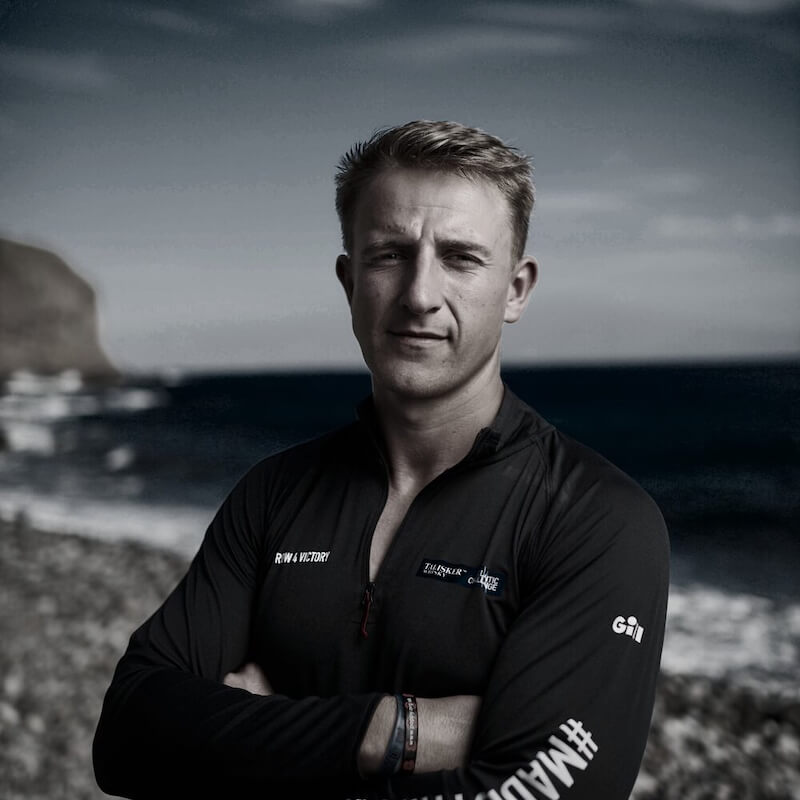
Photo: Ben Duffy
REGIME
“My training is dependent on what I’m preparing for,” Roy tell MF, “but with major expeditions two or three years apart I’ll go through different stages as the event comes into view, while keeping a base level of fitness in the meantime.
“A typical week would involve three to four rowing machine sessions along with at least two strength sessions. plus work on mobility and flexibility.”
During his time in the military, Roy says mobility work was something that rarely featured in regular training but has now become an essential part of his rowing preparation thanks to personal trainer Gus Barton.
“The Army’s not known for doing lots of yoga and stretching,” Roy continues. “It tends to be forgotten about. When I first started doing it I’d devote a block of time each week to mobility work – which was always the first thing that got chopped when the schedule got tight. So I build it into the other key elements of my training – indoor rowing, strength work, core work and time on the water – and now I absolutely love it and can’t imagine doing any exercise without stretch work.”
When building up to an expedition, Roy’s week begins with a marathon on a Monday morning. “I start at 5 am, and for around 3 hours I row on the Concept2 at a low stroke rate. It numbs the mind and gets the body conditioned to producing the output needed on the ocean.
“I mix that with sprint sessions later in the week and some mid-distance intervals and strength work which, on a rower, means putting up the drag factor. This functional training means the crossover to ocean rowing is pretty seamless.”
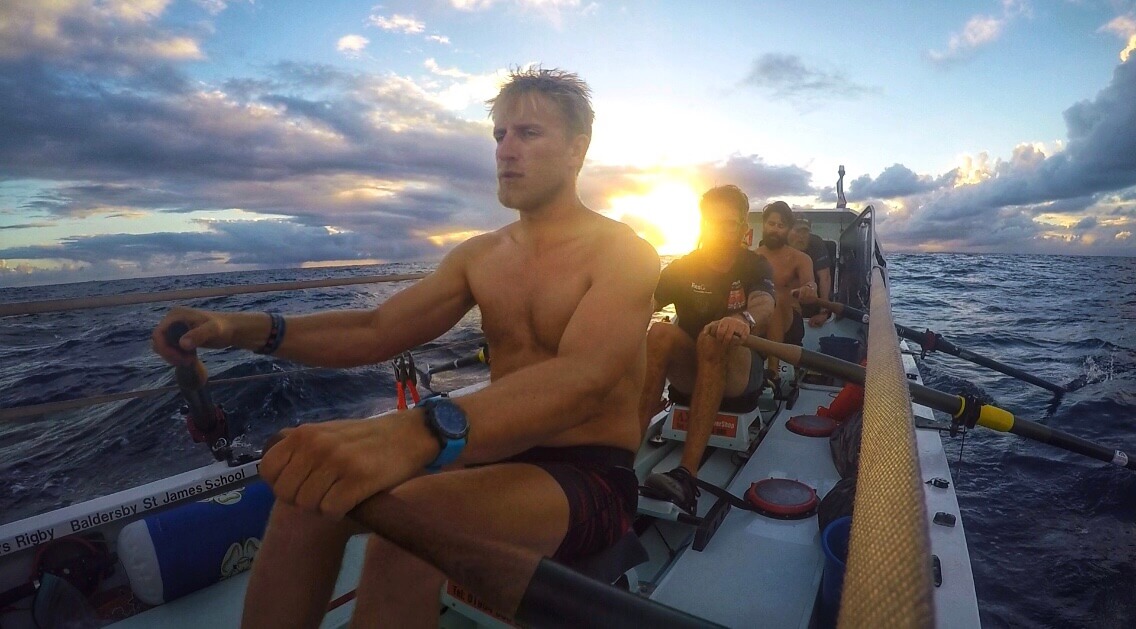
MINDSET
Roy also incorporates sports psychology tools like visualisation, along with tips on resilience from the likes of Ross Edgle, to prepare mentally for his challenges.
“Taking yourself out of the comfort zone by doing a rowing marathon every Monday at 5 am is an element of that,” he says. “My normal day-to-day life doesn’t have a great deal of adversity in it – but that kind of training creates a sense of dread, which focuses the mind.
“Because of failures in the past, one of my core values now is preparation. Mother Nature doesn’t discriminate: if you’re not prepared she will find you out.”
Roy spends a chunk of his planning time visualising how to react when things aren’t going well – rehearsing how to deal with setbacks so that if they happen he’s ready.
“Getting on the erg really does help that, too,” he says. “Being comfortable with being uncomfortable, rowing for three hours at a time, helps prepare you for when you’re in a dark place on an expedition.”
And when you’re out on the open water, nature can provide the odd high as well. “Around 99 per cent of the time it’s monotonous rowing,” says Roy.
“For weeks on end you’re only seeing the people you’re on the boat with – then suddenly you get to see nature on its own terms; like when a whale comes up alongside you, or a pod of dolphins spend the night swimming around the boats. Those are truly incredible moments that make all the effort worthwhile.”
MOBILITY MOVES
“I do these mobility exercises – which work the hip and lower back especially – three times a session, with minimal rest in-between,” says Roy.
1a. Deep Lunge
- Perform deep lunges with nice thoracic rotation.
- With one hand down beside the front foot, you turn to stretch with the other hand reaching skyward, then return.
1b. Squat Reach
- Beginning with feet slightly wider than hip-width apart, sink down and hold a squat with both hands raised above the head.
- Hold for a moment, then return to standing for one rep.
1c. Pigeon Stretch
- Lie on a mat, with one leg bent and flat in front of you and the other leg stretched out straight behind you.
- Once stable, bring the weight of your body down on your front leg and try to keep your hips square.
- Relax there and breath into the stretch.
- Once you’ve hit 30 secs or more, slowly bring yourself back up and repeat on the other side.
Words: Rob Kemp
Duncan Roy is an ambassador for Elliot Brown Watches

